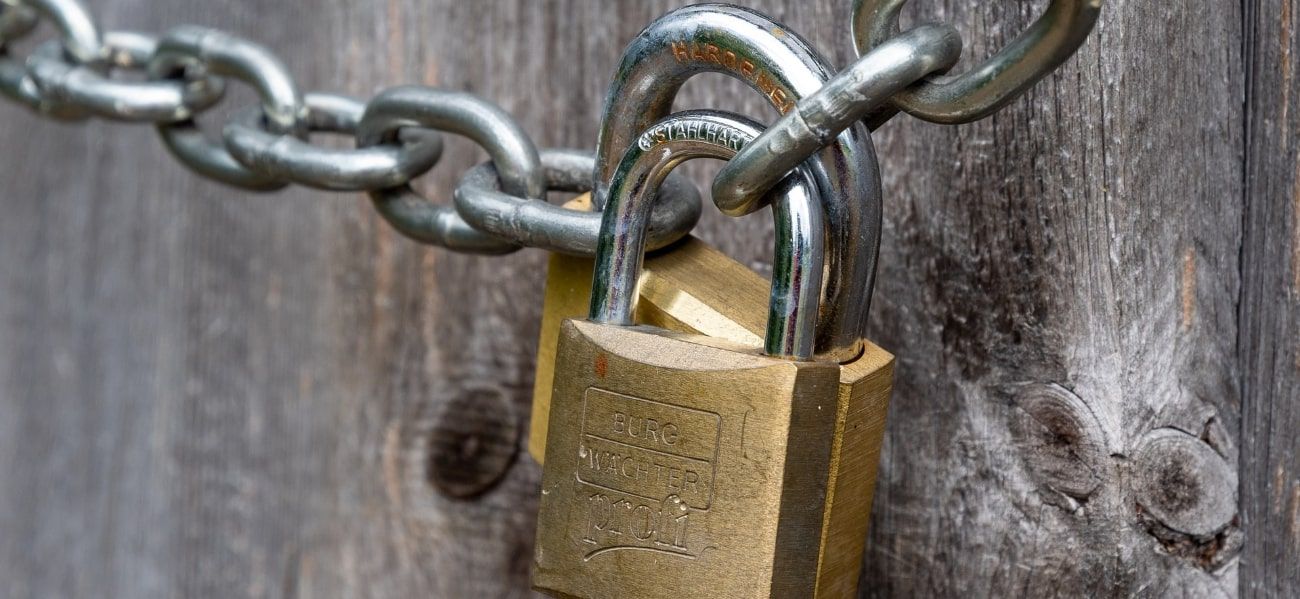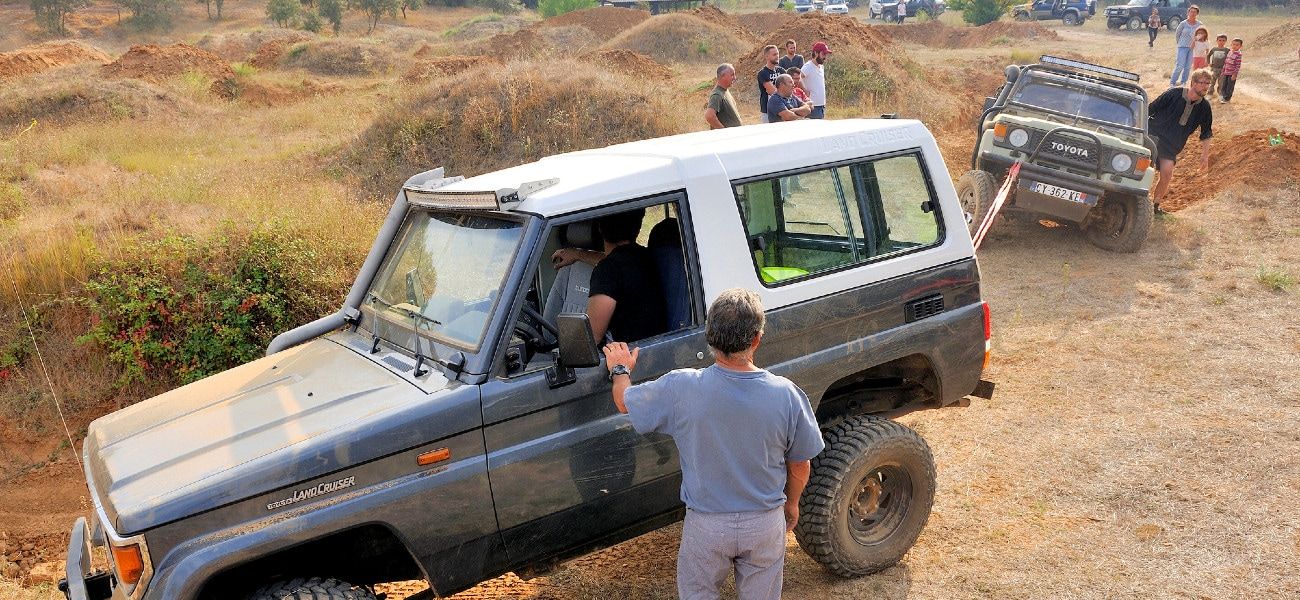Do you worry about your roof top tent getting stolen? If you haven’t secured it correctly, this probably a reasonable concern. Rooftop tents are expensive, and that unfortunately makes them a potential target for thieves.
Luckily, you can easily prevent theft of your RTT by securing it with a rooftop tent lock or similar anti-theft device. Let’s take a look at the options out there for securing your tent.
Why Secure Your Roof Top Tent?
High-quality rooftop tents typically cost a small fortune. For this reason, it’s a good idea to secure your investment firmly to the top of your car or trailer. Depending on your needs and preferences, there are a variety of different tools that can get the job done.
Adding these to your vehicle and tent will prevent it from being stolen, and give you peace of mind while you are away from your campsite.
How to Secure Your Roof Top Tent
Manufacturer Specific Locks
Typically, manufacturer-specific locks work with specific models and brands. For example, the iKamper Anti-Theft Locks will ensure your iKamper Skycamp RTT stays safe from potential theft.
In terms of mechanism, you must mount the anti-theft locks over the mounting bracket nuts. That way, thefts won’t be able to simply unscrew them and lift off your tent. You can use two bolts for each crossbar for optimal security.
Another example is the James Baroud Security Locking Pins. The set of 4 is suitable for all James Baroud RTT models available. These simple pin locks will increase the security of your tent while it’s in its case.

Anti-Theft Straps
Anti-theft straps are another way to deter thieves. There are tie-down models like the Kanulock Lockable Tie-Downs that can be used to secure many different things, including rooftop tents.
The straps contain reinforced steel cables (threaded inside the strap) to prevent opportunists from slashing the straps and trying to walk off with your mobile home. Unlike nylon straps, these will stand up to even the sharpest knife blade.
If you’re looking for a more budget-friendly alternative, the Lockstrap Anti-Theft Device operates similarly. There’s a 3mm braided stainless steel cable inside it with an all-in-one combination lock. While it doesn’t use a key, it still has a reliable mechanism for peace of mind. Just make sure you don’t forget the combination!
Security Screws and Nuts
Sometimes, rooftop tents often use a variety of lock nuts and screws to secure the tent to the vehicle. You can replace these with security screws and nuts instead. They are simple to use and mean that any potential thieves will need a specific type of tool to unscrew them.
While they don’t provide 100% security, they will certainly make it much harder for someone to steal your tent. Just make sure you get the right size to fit your rooftop tent mounting brackets.

Roof Top Tent Insurance
An alternative option that doesn’t require you to make any modifications to your tent is to get your tent covered under your existing insurance policies.
Roof top tents are often included in home contents insurance policies, so check with your insurance provider and see if their policy covers your tent too.
In case of accidental damage or theft, you can typically claim the tent’s value plus any belongings within the tent.
Final Thoughts
It’s safe to say that a rooftop tent is an expensive item that needs to be secured properly, just like anything else valuable that you own. Considering this, spending a few bucks on a rooftop tent lock can be a wise idea.
Just be aware that any security system will make taking off and storing your rooftop tent a little more difficult. It's up to you to decide whether the extra piece of mind is worth it or not.
Hopefully, we’ve helped you get some bright ideas on how to secure your rooftop tent. If you have questions, feel free to write a comment below.
This article may contain affiliate links. I will earn a commission if you choose to purchase a product or service after clicking on my link. This helps pay for the cost of running the website. You will not be disadvantaged in any way by using my links.
Note that while every effort is made to ensure the accuracy of the information on this page, there may sometimes be errors. Check all specifications with the manufacturer before purchasing any product.



